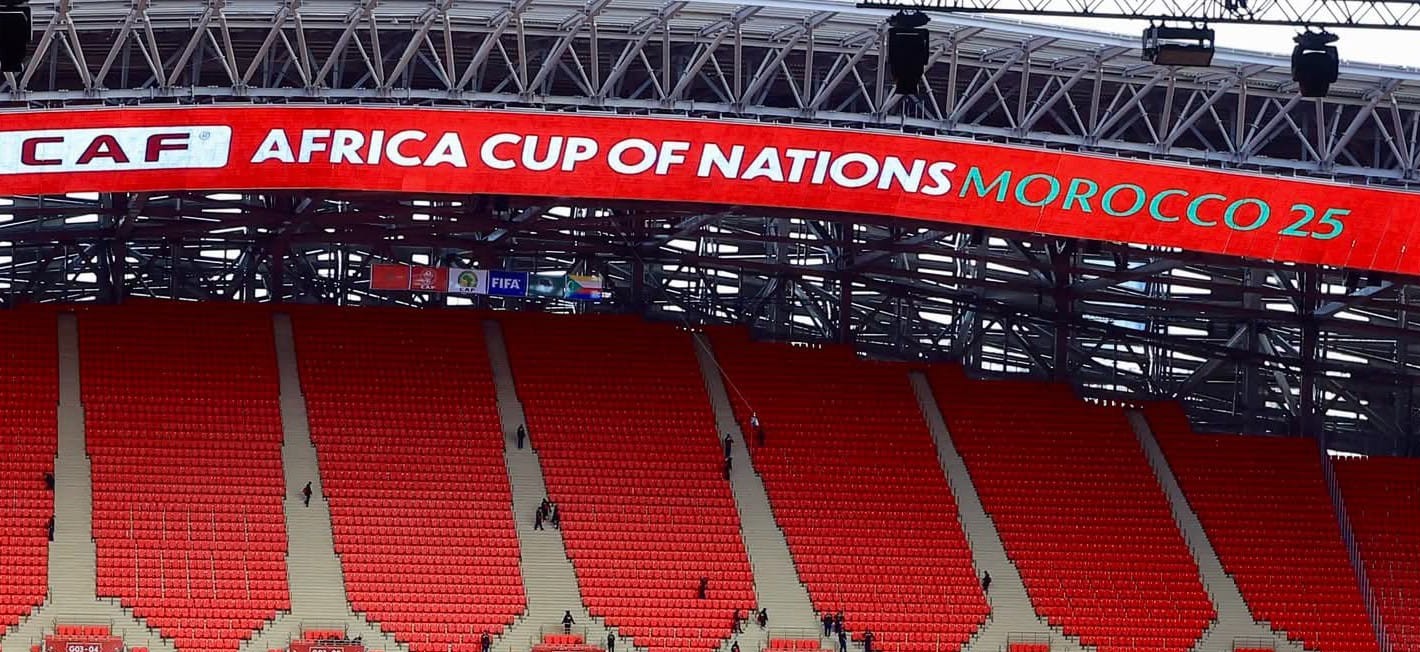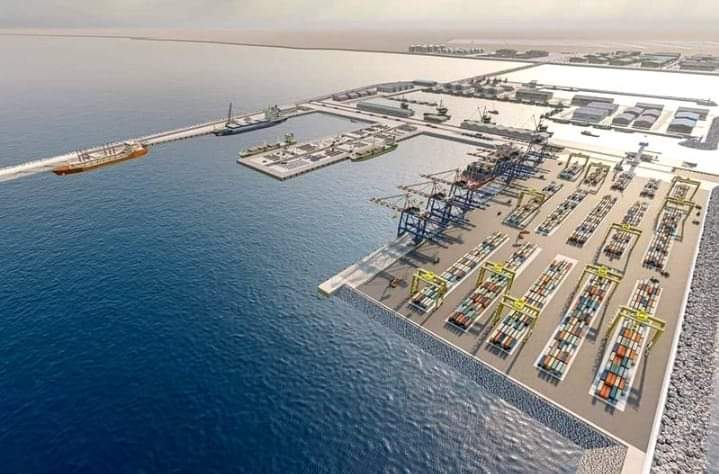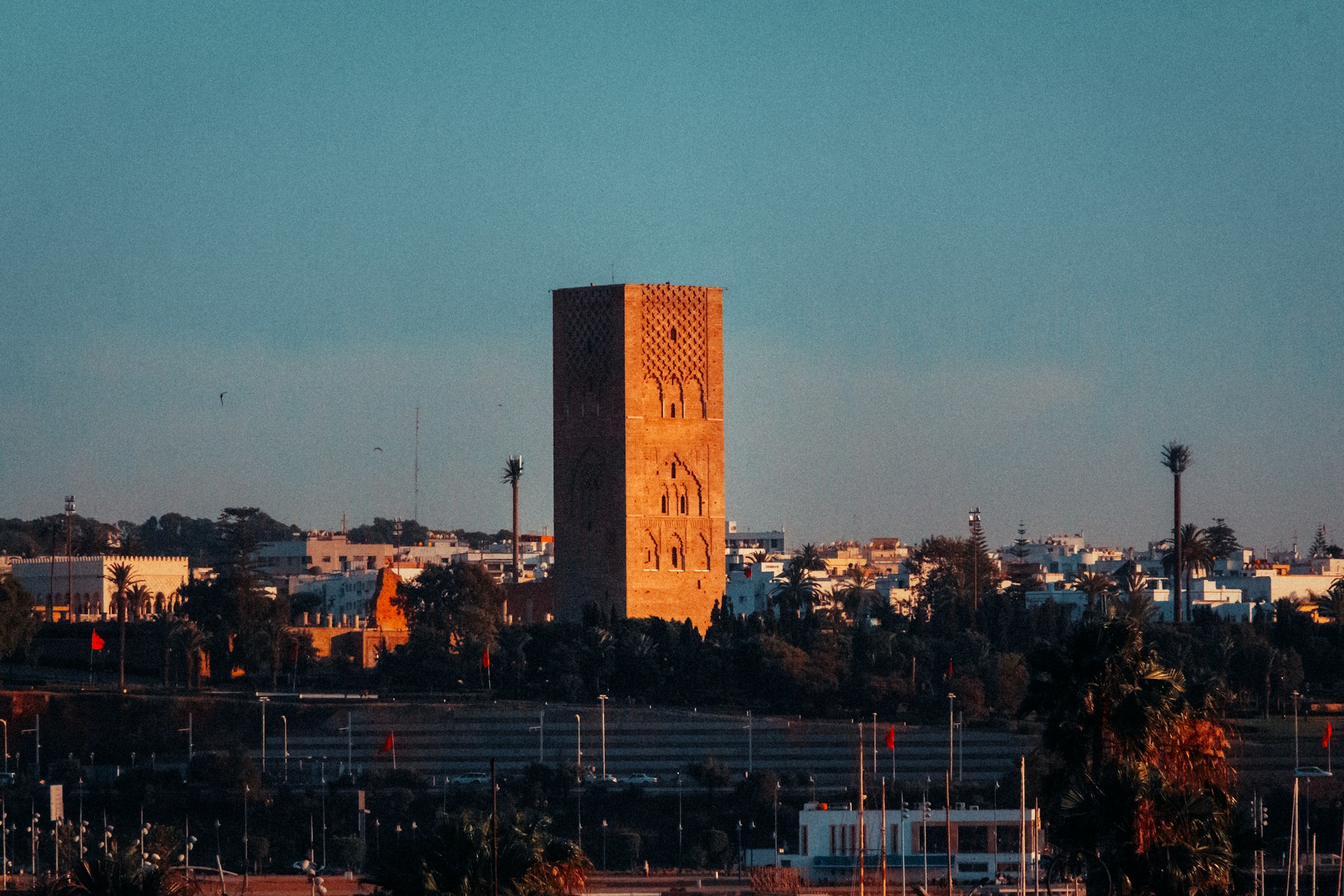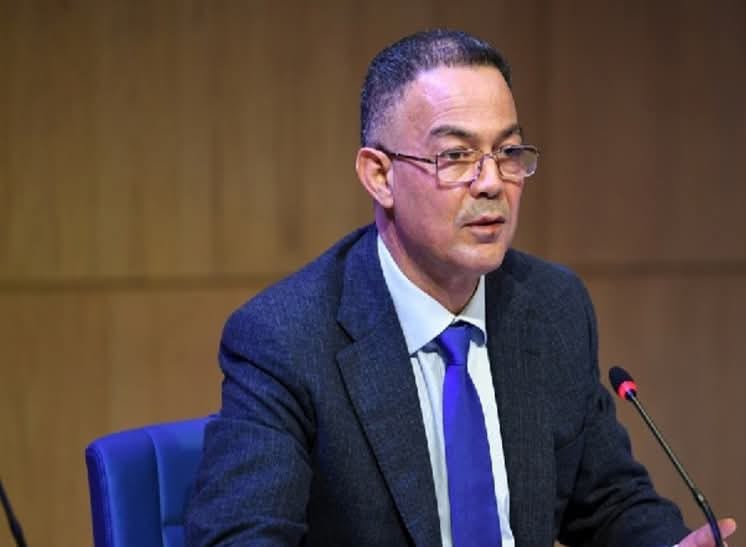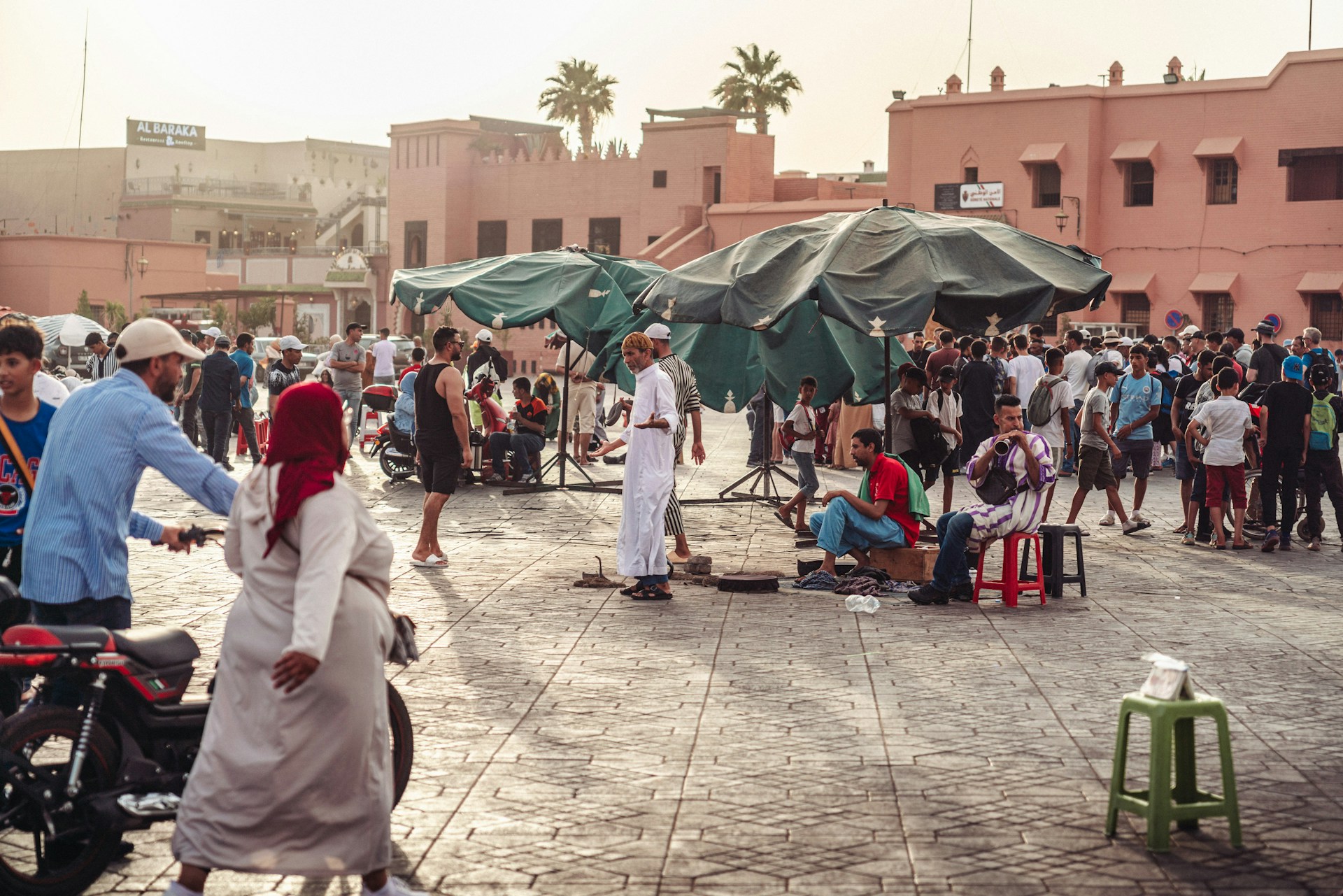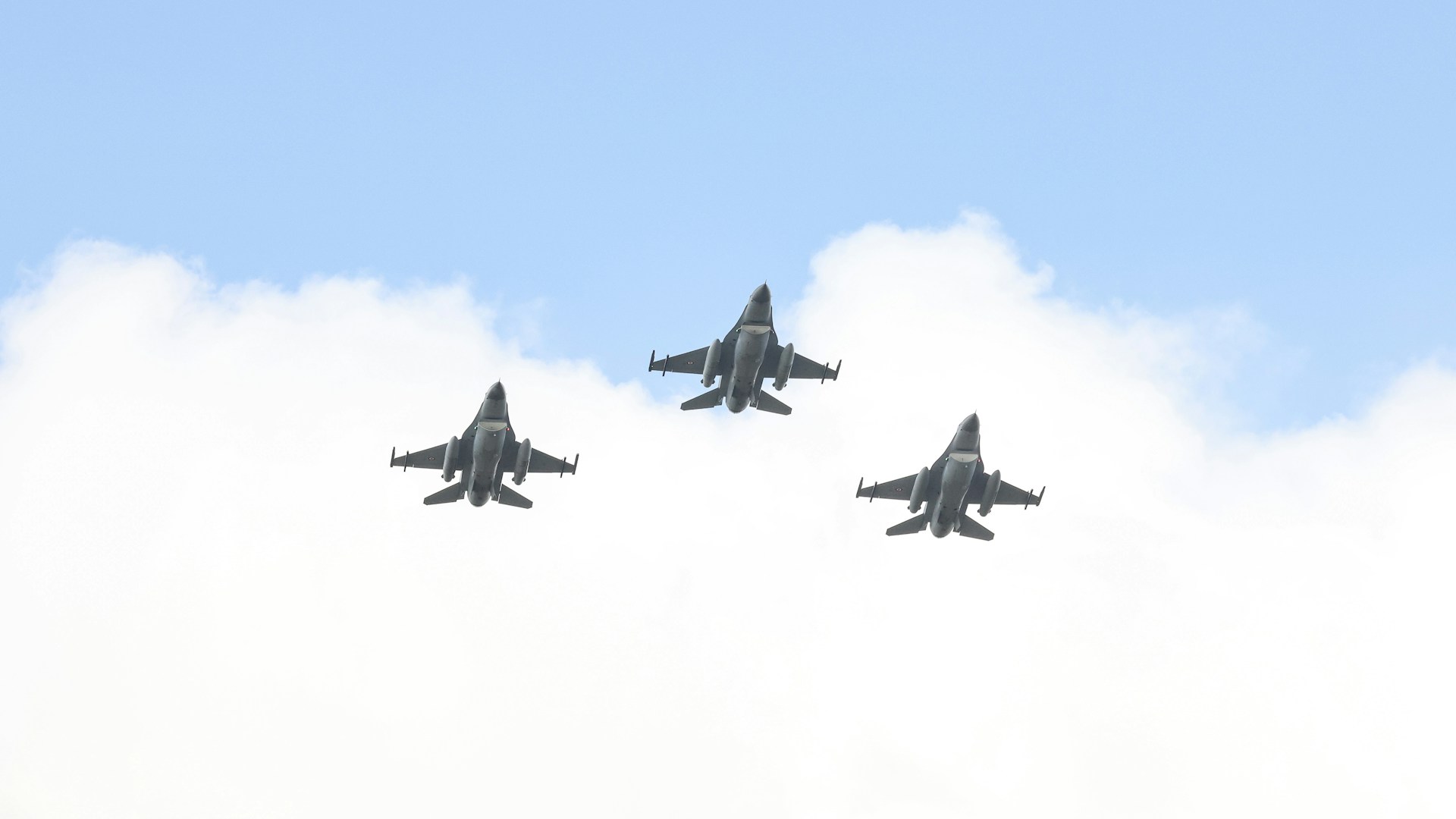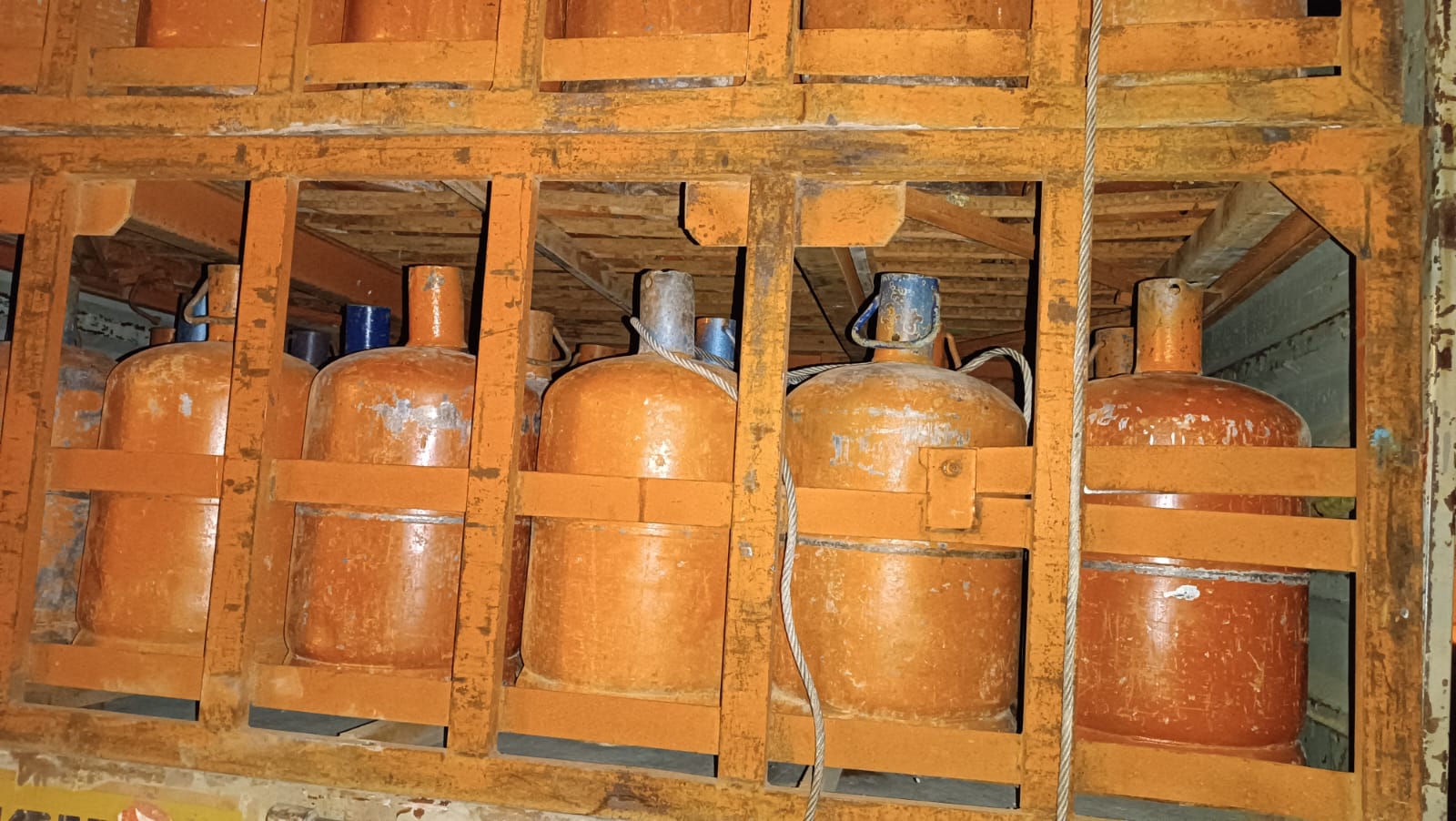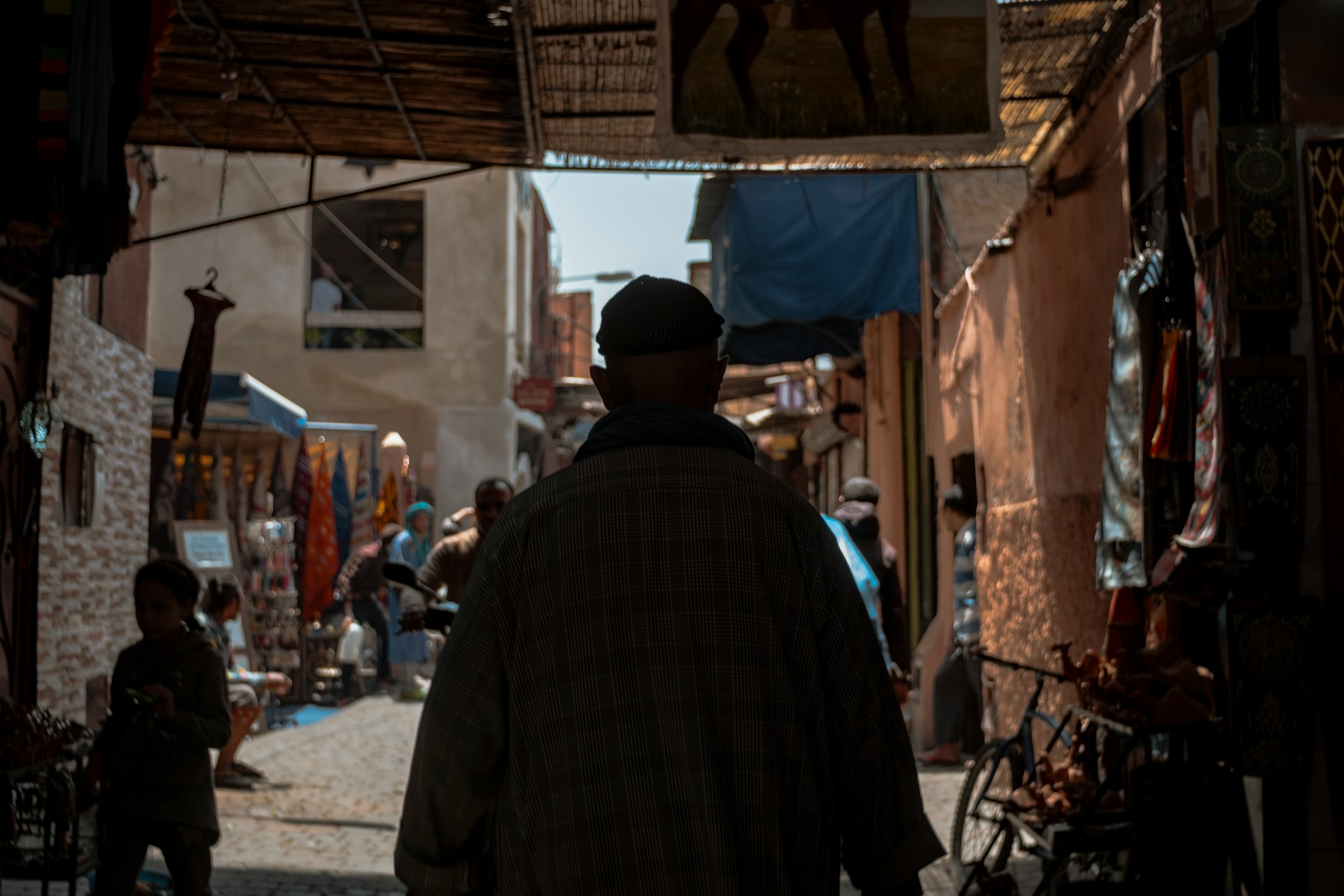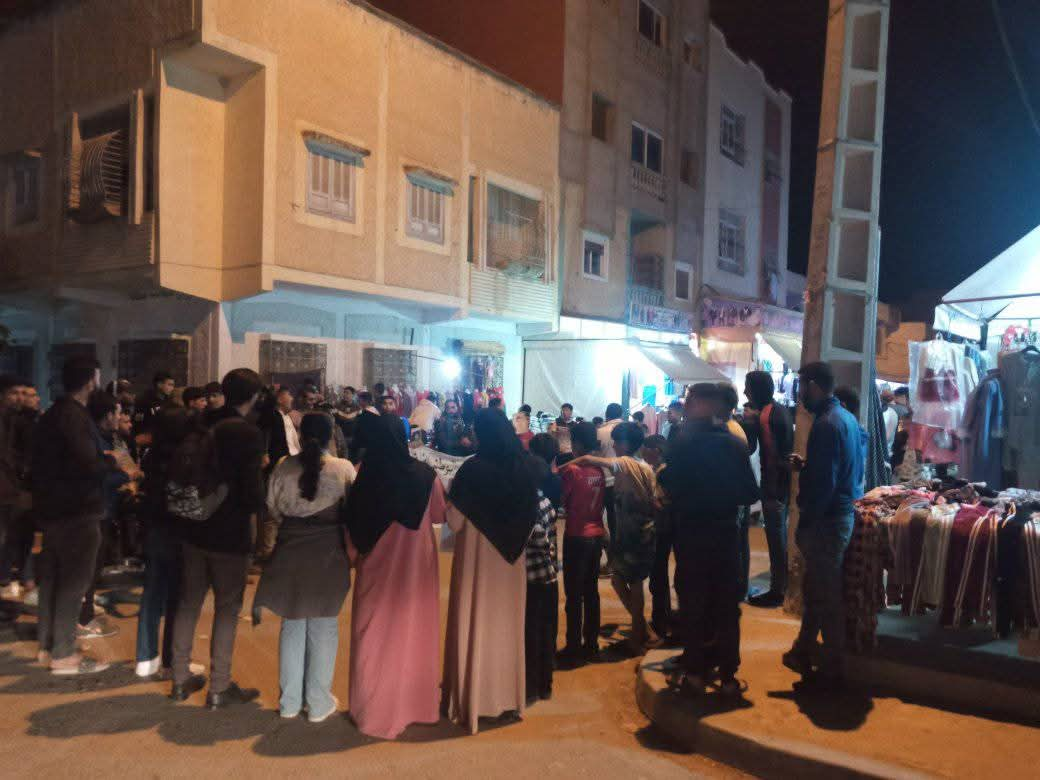Casablanca – The Moroccan Sahara, a region once defined by vast stretches of desert and isolation, now stands as a beacon of economic ambition and growth. Since November 6, 1975, when over 350,000 Moroccans participated in the historic Green March at the behest of King Hassan II, the region has experienced remarkable progress. The peaceful march, marked by national solidarity, symbolized Morocco’s claim over Western Sahara and sparked a transformative journey toward development and integration.
Infrastructure as a catalyst for growth
From the early days of Moroccan administration, the government prioritized infrastructure to connect and uplift the region. Investments in roads, ports, and airports opened the door to commerce and communication, allowing the cities of Laayoune, Dakhla, and Smara to evolve from small settlements into bustling hubs of activity. Today, these cities boast modern amenities, facilitating trade, tourism, and economic diversification. Over the decades, the Moroccan government has allocated significant funds—more than $10 billion since 2015 alone—through ambitious development plans for the Southern Provinces.
Renewable energy: Powering the future
Western Sahara’s geographic advantages have positioned it as a leader in Morocco’s renewable energy drive. With over 5,000 hours of annual sunshine, vast tracts of land, and consistent winds, the region is a hotspot for solar and wind projects. The Tarfaya wind farm, one of the continent’s largest, exemplifies this vision, while extensive solar projects contribute significantly to Morocco’s renewable energy goals. By 2030, the region is projected to produce 52% of the country’s energy needs through green energy initiatives, underpinned by billions of dollars of investment from the Ministry of Energy Transition and Sustainable Development.
Tourism and agriculture: Economic diversity amid adversity
Tourism has flourished in this once-isolated corner of Morocco. Dakhla, with its stunning coastlines and unique position between the ocean and the desert, has become a magnet for water sports enthusiasts and eco-tourists. The establishment of new hotels and tourism facilities reflects the region’s ambition to become a prime destination for visitors seeking authentic and sustainable experiences.
Simultaneously, agriculture has found innovative ways to overcome the arid climate. Advanced irrigation methods, greenhouse farming, and desalination technology have breathed life into this challenging environment. Government-backed initiatives like the Green Morocco Plan have enabled the cultivation of high-value crops and created a new source of employment for locals.
Integration and human development
Economic growth in the Moroccan Sahara has been complemented by a focus on social development. Education and vocational training initiatives have expanded, with new universities and technical institutions tailored to local economic needs. This investment in human capital has helped reduce dropout rates and improve opportunities, particularly for young women and rural communities. Institutions like the Mohammed VI Polytechnic University symbolize Morocco’s commitment to providing a brighter future for the youth of the region.
The government has also strengthened its commitment to human rights and social integration. The establishment of regional branches of the National Human Rights Council (CNDH) and active civil society participation reflect ongoing efforts to ensure the well-being of Sahrawis within a framework of respect, equality, and opportunity.
A gateway to Africa and beyond
Western Sahara’s strategic importance extends beyond Morocco’s borders. With modernized ports like Dakhla, the region is poised to serve as a critical gateway for trade between Africa and Europe. The Atlantic Front initiative, announced by King Mohammed VI, aims to foster South-South cooperation, making the region a focal point for investment and commerce along Africa’s Atlantic coast. Morocco’s vision is to transform the Sahara into a hub of stability, connectivity, and economic integration—a role that could spur broader regional cooperation.
A model for development
Nearly 50 years after the Green March, the Moroccan Sahara represents more than historical symbolism; it stands as a testament to the transformative power of investment, innovation, and unity. While challenges persist, the region’s progress underscores Morocco’s resolve to create a thriving, inclusive society. As the Moroccan Sahara continues its trajectory of growth, it serves as a model for development in Africa, demonstrating the potential of strategic planning and a forward-looking vision.




